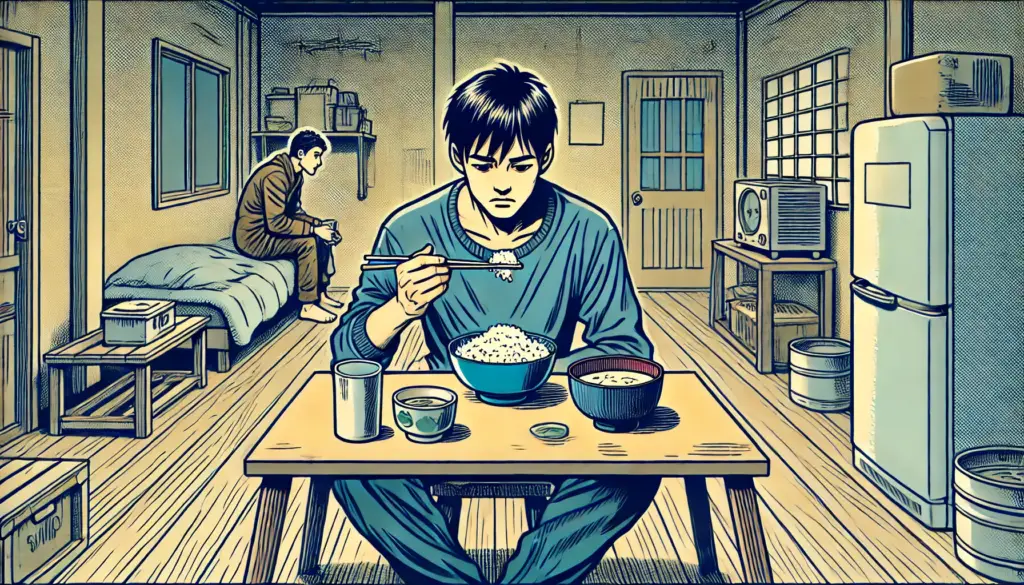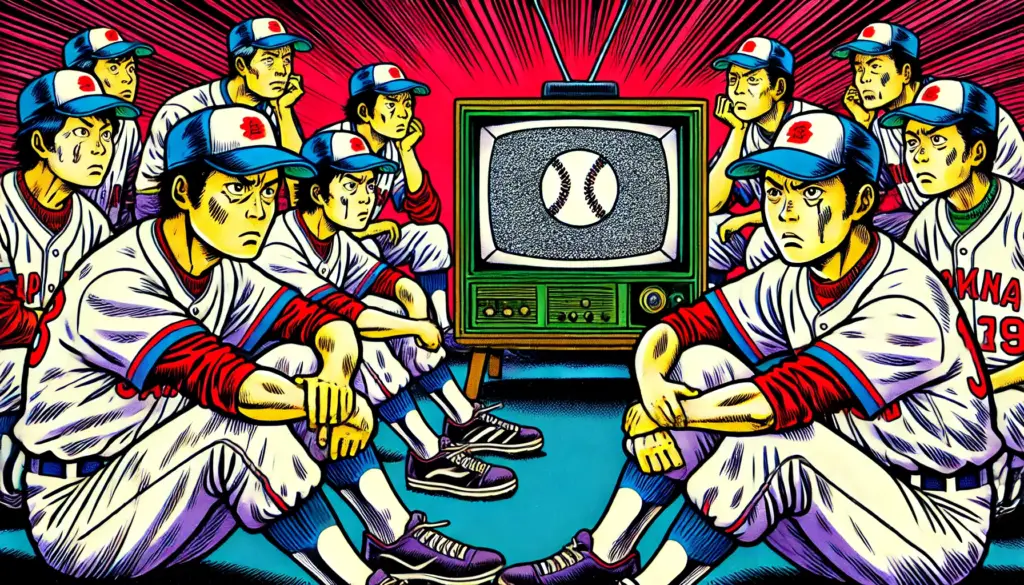
Amid surging inflation and rising costs, it might seem paradoxical that Sukiya, one of Japan’s leading gyūdon (beef bowl) chains, decided to lower its price for the regular-sized bowl — from ¥480 to ¥450. But this move isn’t just a simple discount; it’s a calculated, counter-cyclical strategy that shines the spotlight on how smart pricing can outperform conventional expectations.
The Context: Inflation Doesn’t Always Mean Higher Prices
In times of inflation, most businesses naturally raise prices to protect margins. But when consumers are stretched thin—adjusting their budgets, cutting back on small luxuries—lower prices can be a compelling lure. Affordable comfort food becomes not just appealing, but essential.
By reducing the price of its popular beef bowl, Sukiya signals that it understands financial pressures and wants to help. That gesture often cultivates both immediate sales and long-term brand goodwill. The aim isn’t merely to cut costs—it’s to restore traffic and win customer loyalty.
Historical Playbook: Beef Bowl Price Wars
This isn’t the first time Sukiya has leaned into lower pricing as a strategic lever. In past price wars, the chain’s agility and cost control allowed it to slash bowl prices dramatically—even down to ¥280 during peak competition—while others struggled to follow. That flexibility comes from strong supply chain tactics and an efficient operation model that sustains volume through low prices.
What makes this latest cut meaningful is the backdrop: inflation and cost spikes in ingredients and labor. Yet instead of pushing prices up, Sukiya pushes back.
What Makes This Strategy Stand Out
There are three key reasons why lowering prices during inflation works as a standout marketing tactic:
- Psychological Comfort & Trust
Consumers are exhausted by rising prices everywhere. A subtle price cut stands out—”look, someone still cares about value!” That emotional punch builds trust and repeated visits. - Reinvigorating Foot Traffic & Sales Volume
Even if profit per bowl drops slightly, more customers can offset that—especially if the chain benefits from economies of scale by selling more. For many chains, slight unit margin drops mean more fixed-cost coverage via volume. - Strategic Differentiation
While competitors are hiking prices, Sukiya’s opposite move makes it immediately stand out. It communicates confidence, stability, and customer-centric thinking—a message that can deeply resonate.
A Fresh Spin: Sukiya’s Balanced Business Model
Unlike pure discount plays, Sukiya’s decision reflects the strength of its operational efficiency and brand. The chain has finely tuned workflows, strong supplier relationships, and consistent service quality. That means they can absorb a modest margin hit while capturing more market share—and likely monetize through upselling (like menu toppings or premium variations) and repeat visits.
In short, this isn’t desperate price slashing—it’s strategic repositioning in a tough economy.
Why the Move Deserves Attention
This price cut bucks conventional thinking—and that mix of boldness and empathy is precisely why it’s gaining traction in marketing circles. When prices everywhere else feel out of reach, this gesture feels personal, almost empathetic.
From a business standpoint, it’s smart: it may temper inflation’s bargain erosion, but it doesn’t just sustain relevance—it can grow reach. From a marketing viewpoint, it’s emotionally resonant: in times of uncertainty, being seen as the brand that lightens the load can create loyalty that’s hard to shake.
Final Thoughts
Sukiya’s price reduction amid inflation isn’t a straightforward discount—it’s a powerful, counterintuitive strategy that reinforces the brand, attracts business, and builds trust. In a landscape where everyone raises prices, the one who doesn’t often wins hearts—and markets.
If you’re plotting marketing moves in a tough economy, Sukiya’s playbook reminds us: sometimes, the best way forward is to go against the current—with courage, clarity, and care.


















































